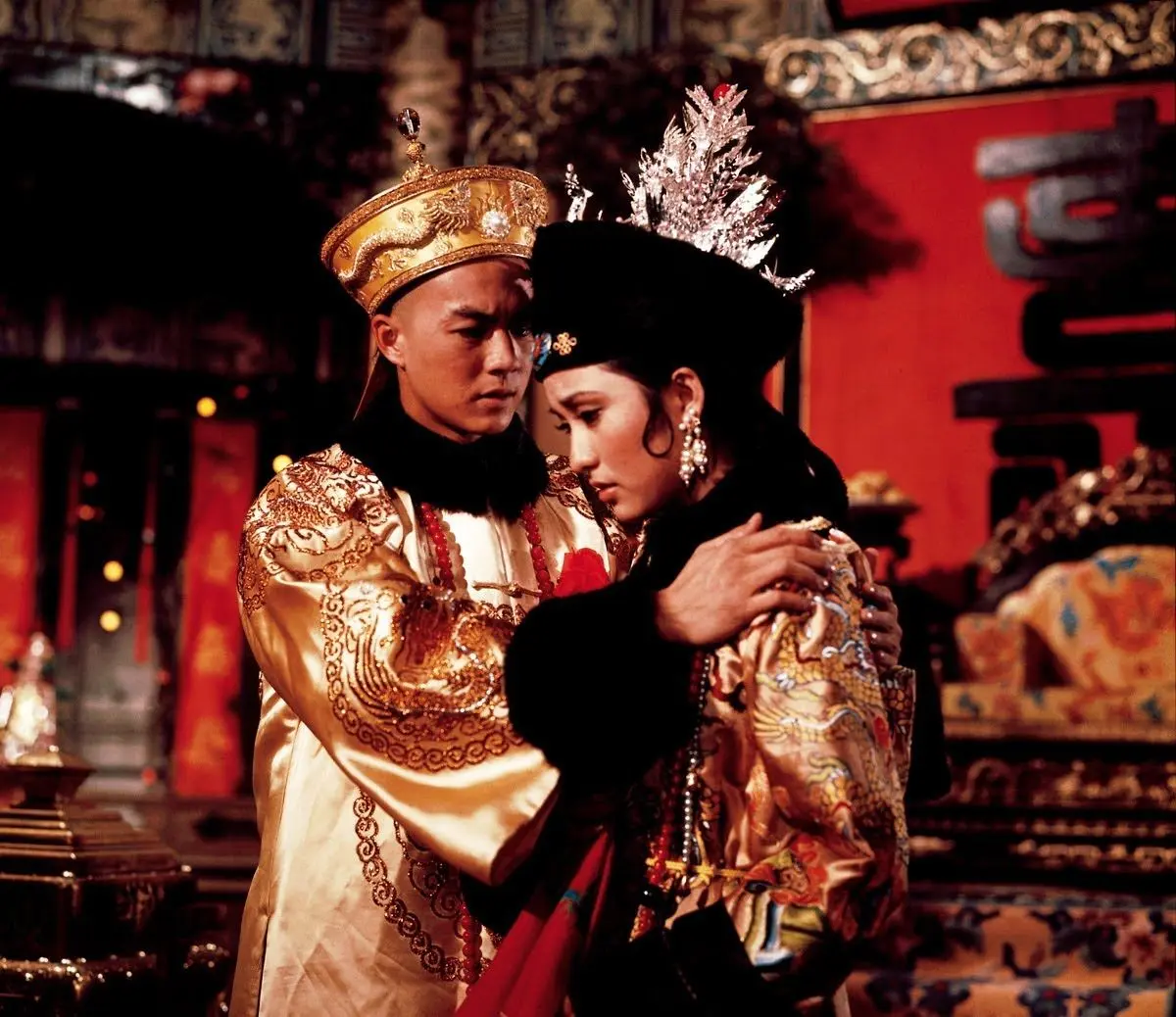
The Empress Dowager (1975)
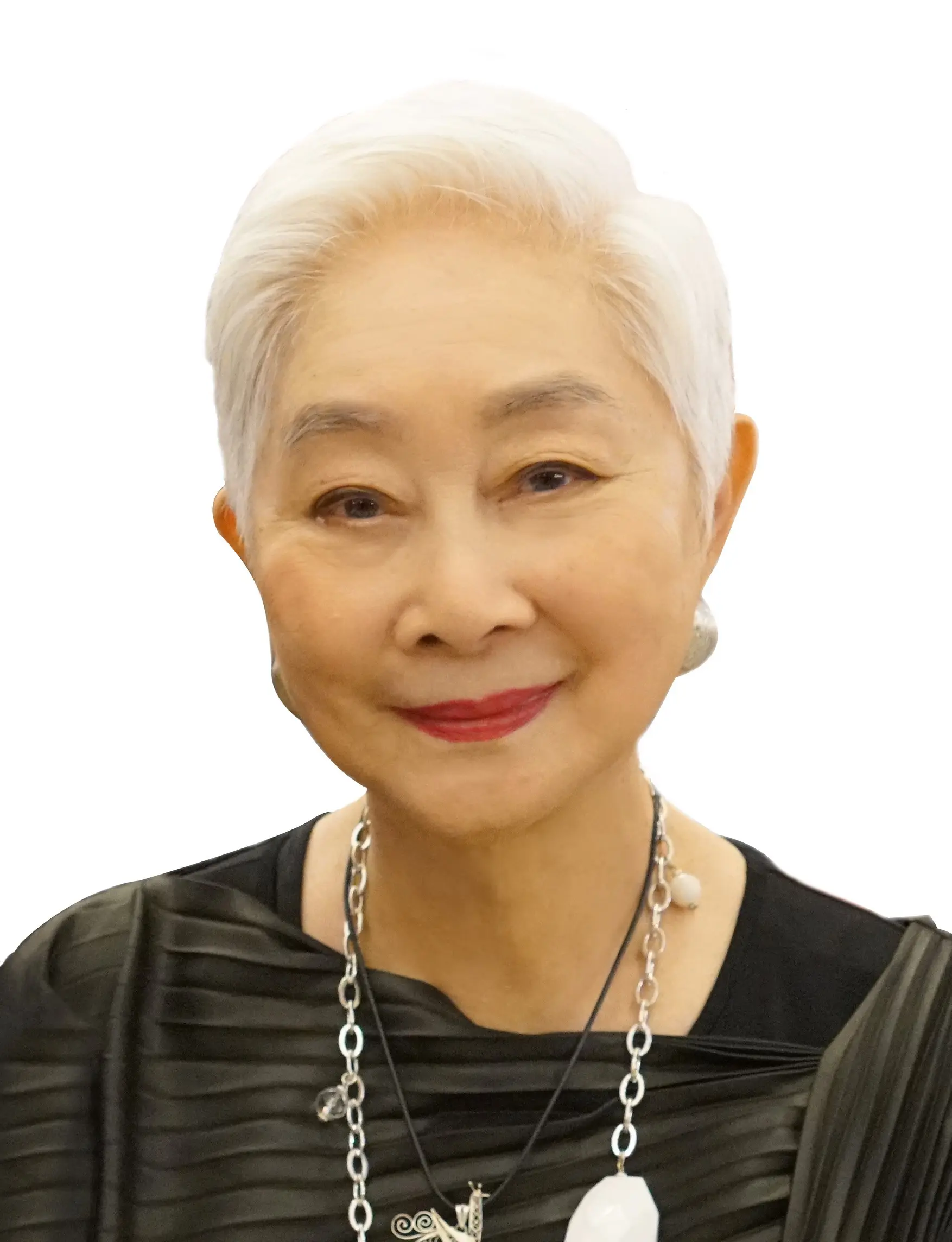
Lisa Lu
Written by Krista Kleiner
Photographs by Fabian Lopez
What does it mean to be a Grande Dame? At times it is given a wide berth, used to describe persons, places, or physical objects that have stood the test of time and become symbolic of a larger concept. Traditionally, one uses the term to pay homage to women of high ranking or expertise in a particular discipline, profession, or craft. When developing the thesis of this story, the term revealed itself as the most succinct and apt description for the trailblazing women of Asian cinema on our cover. These doyennes of film not only carved a place for themselves in the annals of the entertainment business, but also pioneered the way for many Asian actors through out Hollywood.
Widely regarded as the first Asian trailblazer was actress Anna May Wong. A third generation American, she is known to be the first female Asian-American movie star from the silent film era. This was during a deeply racist time with anti-miscegenation laws preventing a nonwhite woman to be cast opposite a white man in America. This left Caucasian actresses to be cast as “Oriental” women in the lead parts opposite Caucasian leading men.
Frustrated with the discrimination and limitations, Ann May Wong went to Europe for work in English and German films. With much perseverance, she caught a break in the United States on The Toll of the Sea in 1922, opening the door for 30 film credits in the 20s and another 29 from the 30s to 1961. Perhaps the original torch-bearer, her career set the wheels in motion for the storied careers of Lisa Liu, Kieu Chinh, France Nuyen, Nancy Kwan, and Irene Tsu.
“I actually wanted to be an Opera singer – especially as my mother was an accomplished one,” recalls Lisa Lu. “But when my mother told me I didn’t have what it would take to become a good Opera singer, she encouraged me to be a banker since I was good at mathematics and a trustworthy person,” she shared. “Then shortly after we moved to Los Angeles in 1957 for me to study, I expressed my desire to be an actress at 30 years old. My parents encouraged me to study acting so I enrolled at the Pasadena Playhouse, where I graduated in a year and a half.” Soon after, Lisa booked her first television appearance in The Gale Storm Show: Oh! Susanna (1958). “There were many good Asian actors and actress at that time but not enough parts because we lacked Asian writers who knew Asian stories,” she observed.
These doyennes of film not only carved a place for themselves in the annals of the entertainment business, but also pioneered the way for many Asian actors through out Hollywood.
Her first notable film role was in The Mountain Road (1960), a film considered to be a taboo for Hollywood as it touched on the tensions between allies during the war years and racism among Americans. “Since I came from China and the war, my acting was very vivid and true. So, they chose me to be the lead,” Lisa remembers.

The Empress Dowager (1975)

Lisa Lu
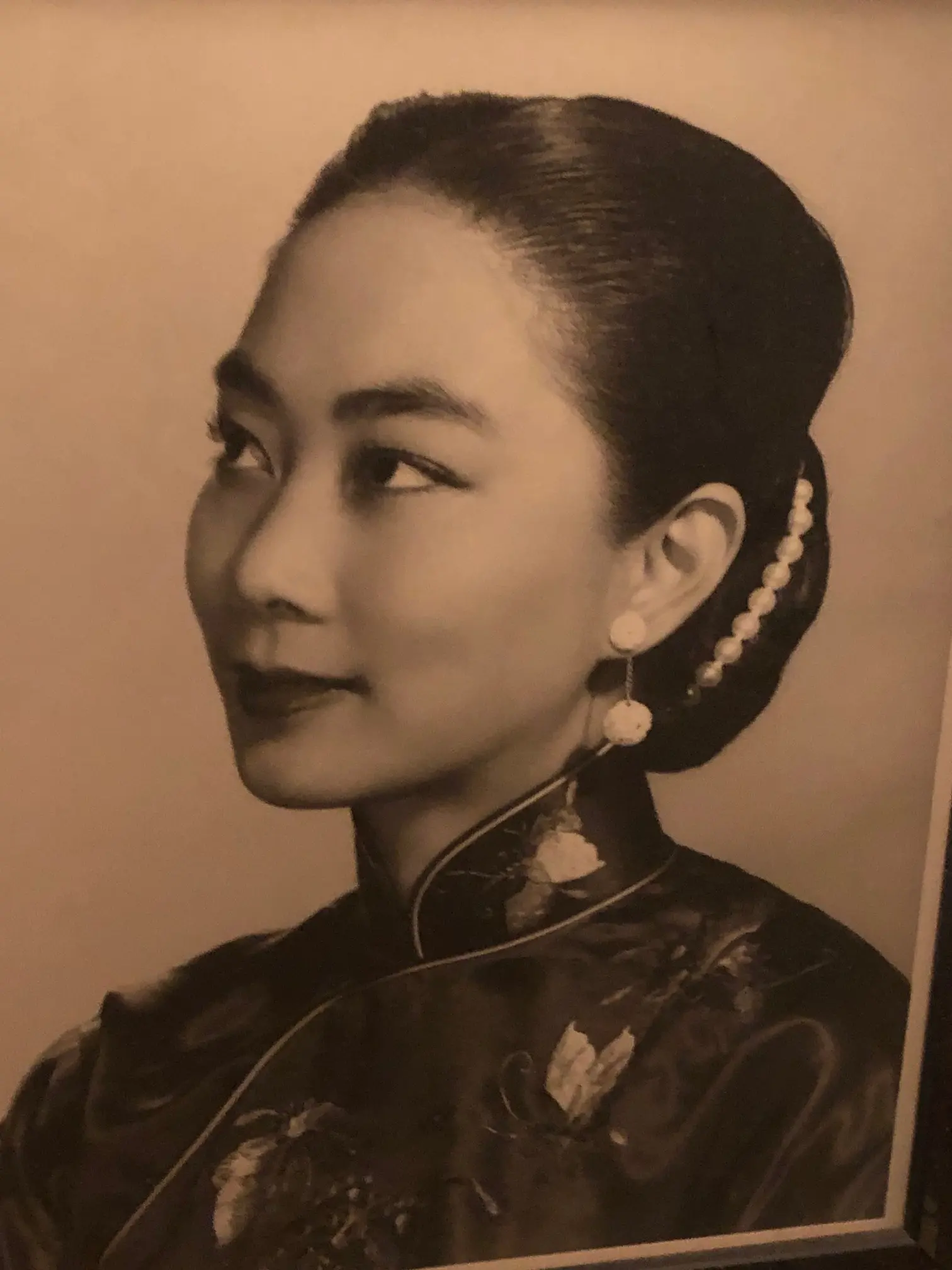
The Empress Dowager (1975) produced by the well-known Shaw brothers in Hong Kong holds a special place as one of her favorite roles. It was a killer script and she holds the entire cast and crew in the highest regard. “This film gave me an opportunity to play a very dynamic character. And I really enjoyed working under Director Li. He’s marvelous,” Lisa says in complete admiration.
Lisa went on to star in the landmark movie The Last Emperor (1987), which was the first Hollywood film made in and about China to be produced with full Chinese government cooperation since 1949. It was also the first Western feature film authorized to film in the Forbidden City of Beijing, bringing something completely fresh to the big screen.
“Initially, the writer Bertolucci approached me with a role, but he ended up needing to scrap the character. When I saw him six months later and asked why they hadn’t started filming yet, he said he was still looking for an old woman to play an elderly Empress Dowager to open the film. I told him he wasn’t looking for an old lady, he was looking for a good actress. The next morning after a test shoot, they got the makeup team, and we began filming.” When I asked her how old she was versus the character she was playing, she said, “I was 60 at the time playing someone in her 80s. But even when I was 65, I played a role of a 17-year-old. I guess you can say I look good for my age,” she laughed. That film went on to win 9 Oscars.
20th century fox called her the next Anna May Wong. 1957 was the year that France Nuyen stepped onto the scene. A Eurasian raised in Marseilles by her mother, it was in New York that Candy Jones Canover arranged an interview to meet Joshua Logan, Oscar Hammerstein and Richard Rodgers. The result of which was a 7-year contract with 20th century Fox. Her first role was as a lead in the American romantic musical South Pacific (1957) before even being able to speak English. As this film was based off a Pulitzer Prize-winning book and the 1949 musical, it was an exceptional start.
“I am grateful for what this world has given me coming from my humble background. My brave mother raised me by herself in Marseilles, my hometown, occupied by the Nazis during the second World War. She survived to keep me alive. It is her courage that made possible for me to be who I am today,” France elucidates. In 1958, France went on to star in the original Broadway stage production of The World of Suzie Wong for which she received the Daniel Bloom award. At just 19 years of age, she landed the cover of Life Magazine. She was sought after and loaned for roles starring or co-starring other top studios including Colombia, Paramount, CBS and Universal.
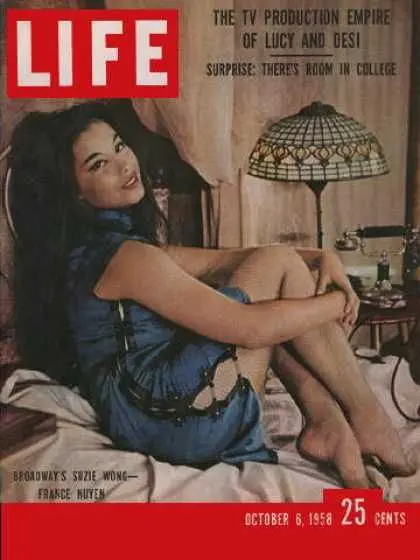
Life Magazine Cover France Nuyen
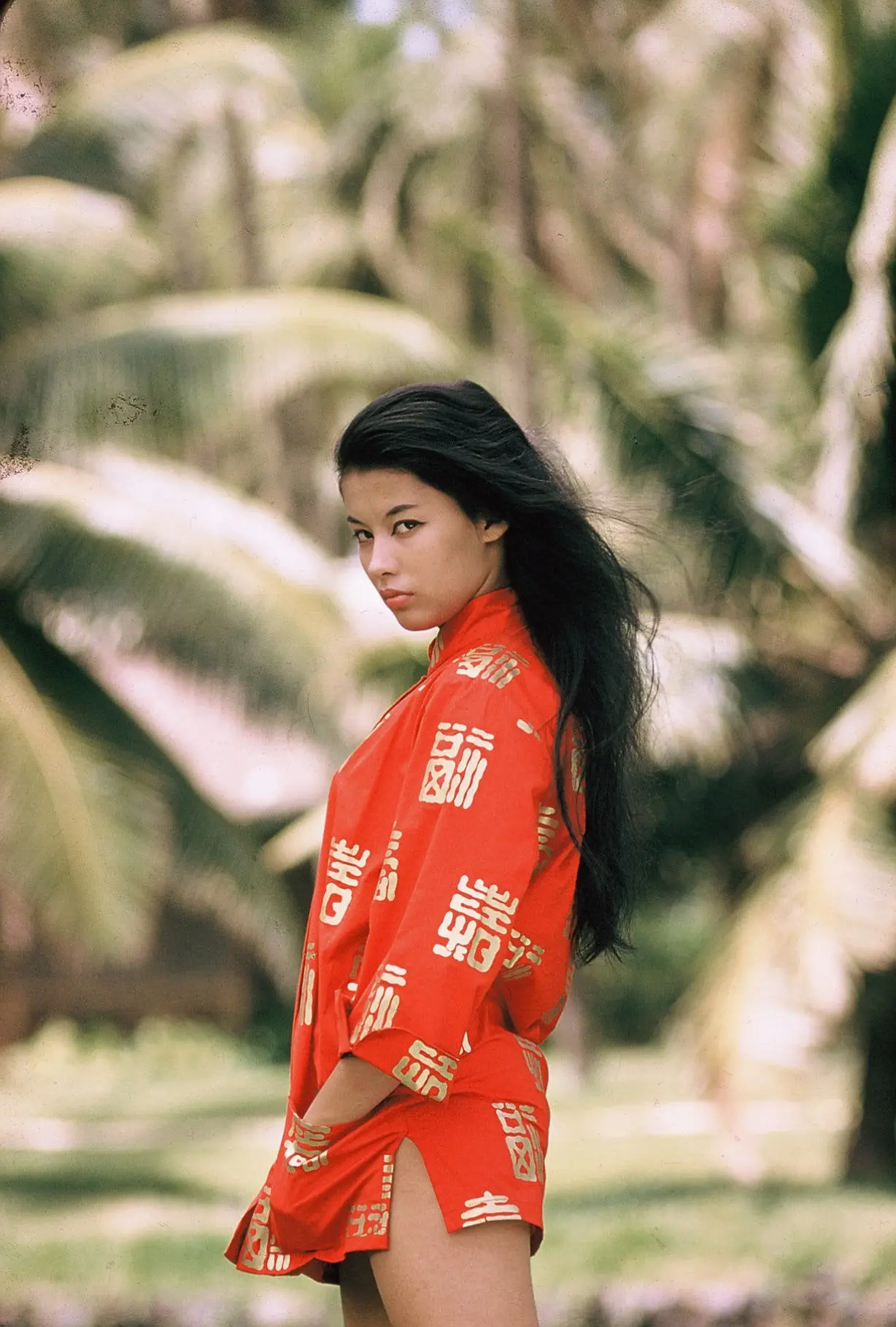
France "The Girl On the Beach"
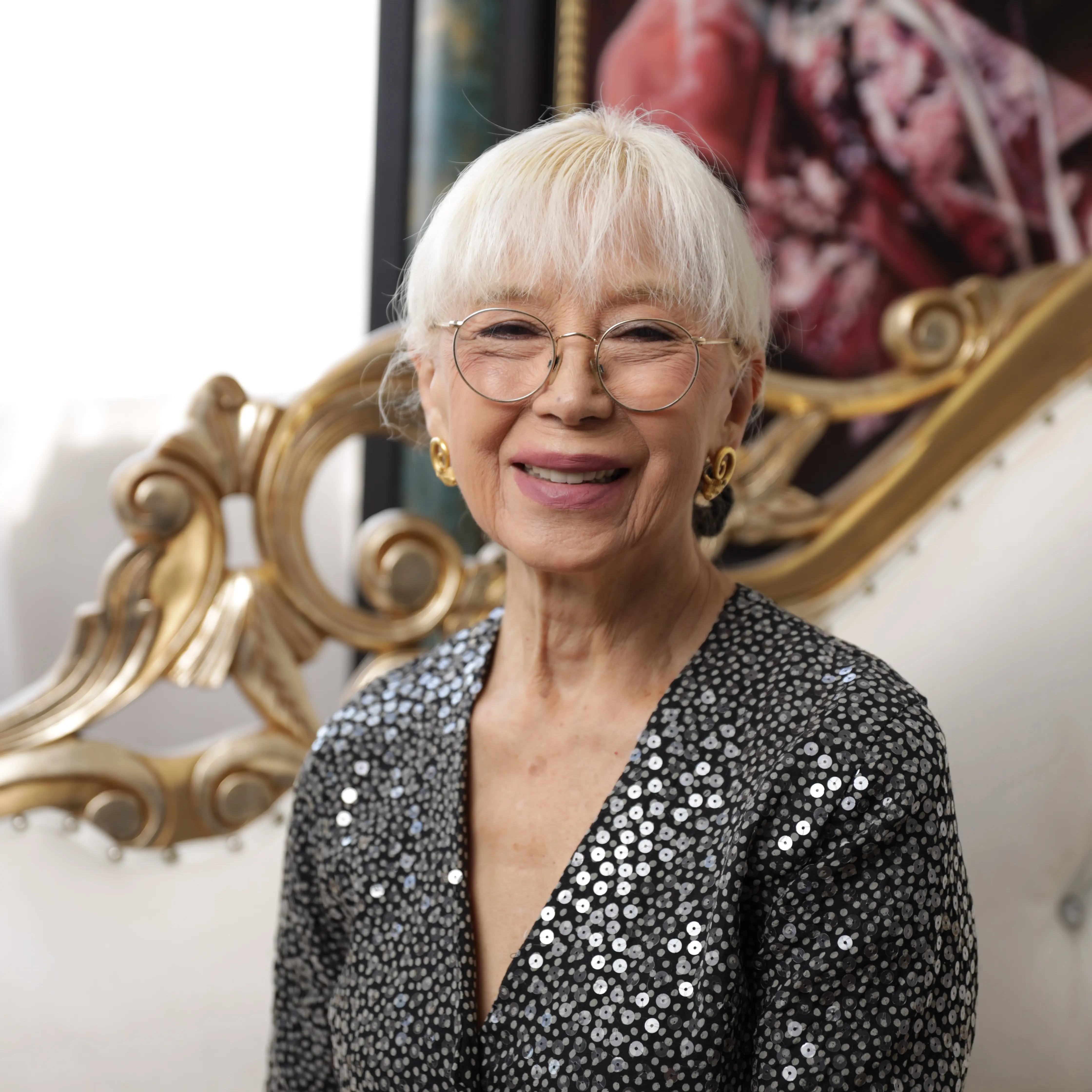
France Nuyen
Today France is most known for her role as the “Dohlman of Elas” in the third season of the original Star Trek series (1968), which continues to connect her with younger generations. Her personal favorite TV role is the series St. Elsewhere (1986-1988) in which she played, Paulette Kiem, a Chief of Surgery fighting for her position. What stood out to her was the extraordinary ensemble company. The producers also served as the writers, so well informed of the medical world with a fantastic sense of humor. “They took in what we had to offer treating us as equal creators,” France explains. “You walk onto their set and you felt you belonged.”
At the height of her career, France decided to pursue further education, earning a Master’s Degree in Psychology. She began working with abused children, women in prison, troubled youth, prostitutes and people suffering from addiction in Los Angeles. This eventually resulted in her being awarded “Woman of the Year” from the city of Los Angeles in 1989.
Connecting both parts of her career, she says “in order to build a character, you need to understand human emotions. Such understanding is the key to making an image come to life. This is what an actors work demands, to create a story.”
“I started off wanting to be a ballet dancer and somehow fate had other plans!” Nancy Kwan exclaims. Nancy got her big break in 1959 while studying dance at the Royal Ballet in England. She was home in Hong Kong for summer holiday and decided to attend an audition to watch her favorite Hong Kong actresses audition for the role of Suzie Wong. “Producer Ray Stark approached me and, seeing potential, he had me do a screen test of my own. The next thing I knew, I was signed to Ray Stark and his management company Seven Arts for the next seven years,” Nancy recalled in amazement. “I hung up my toe shoes to become an actress.”
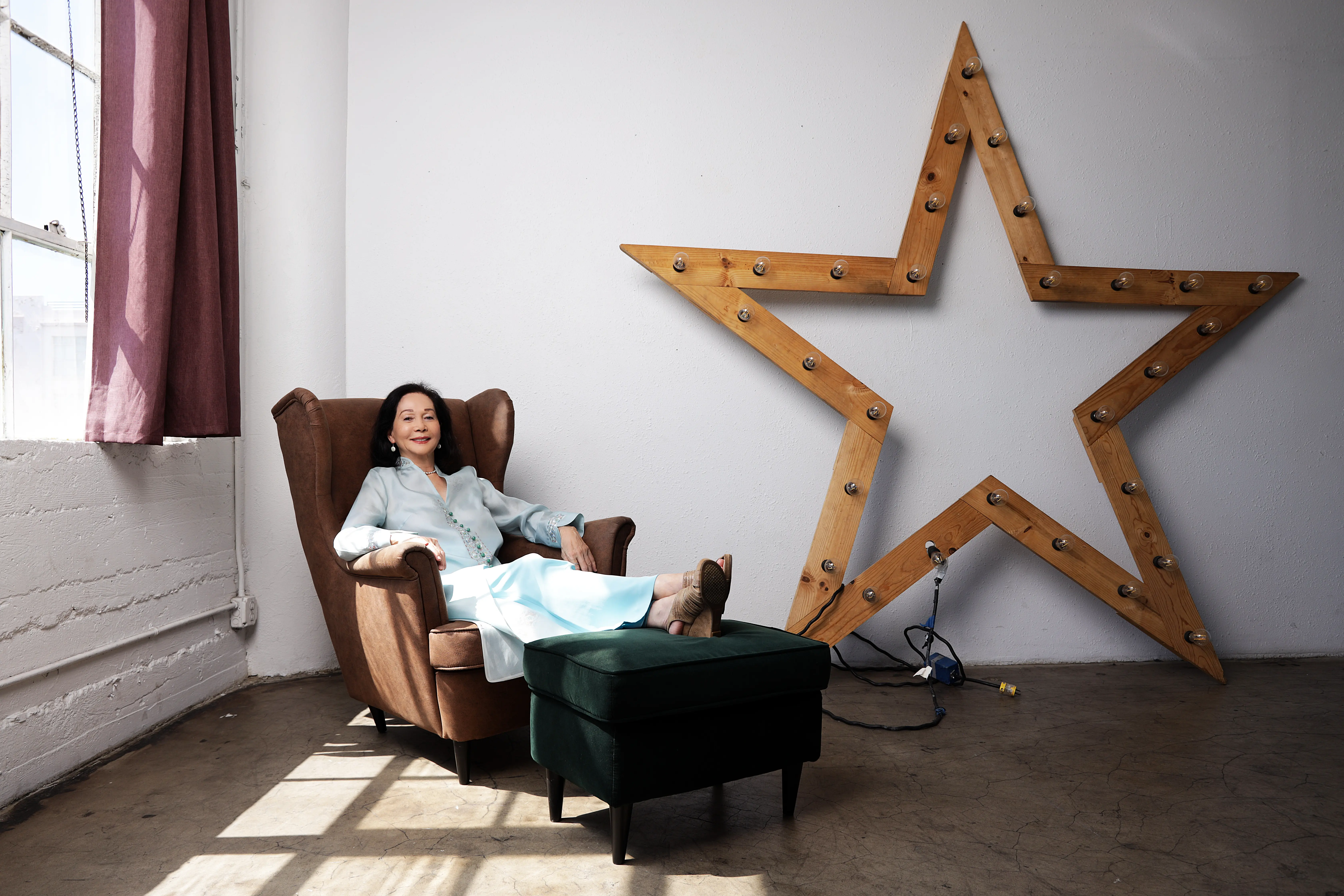
Nancy Kwan
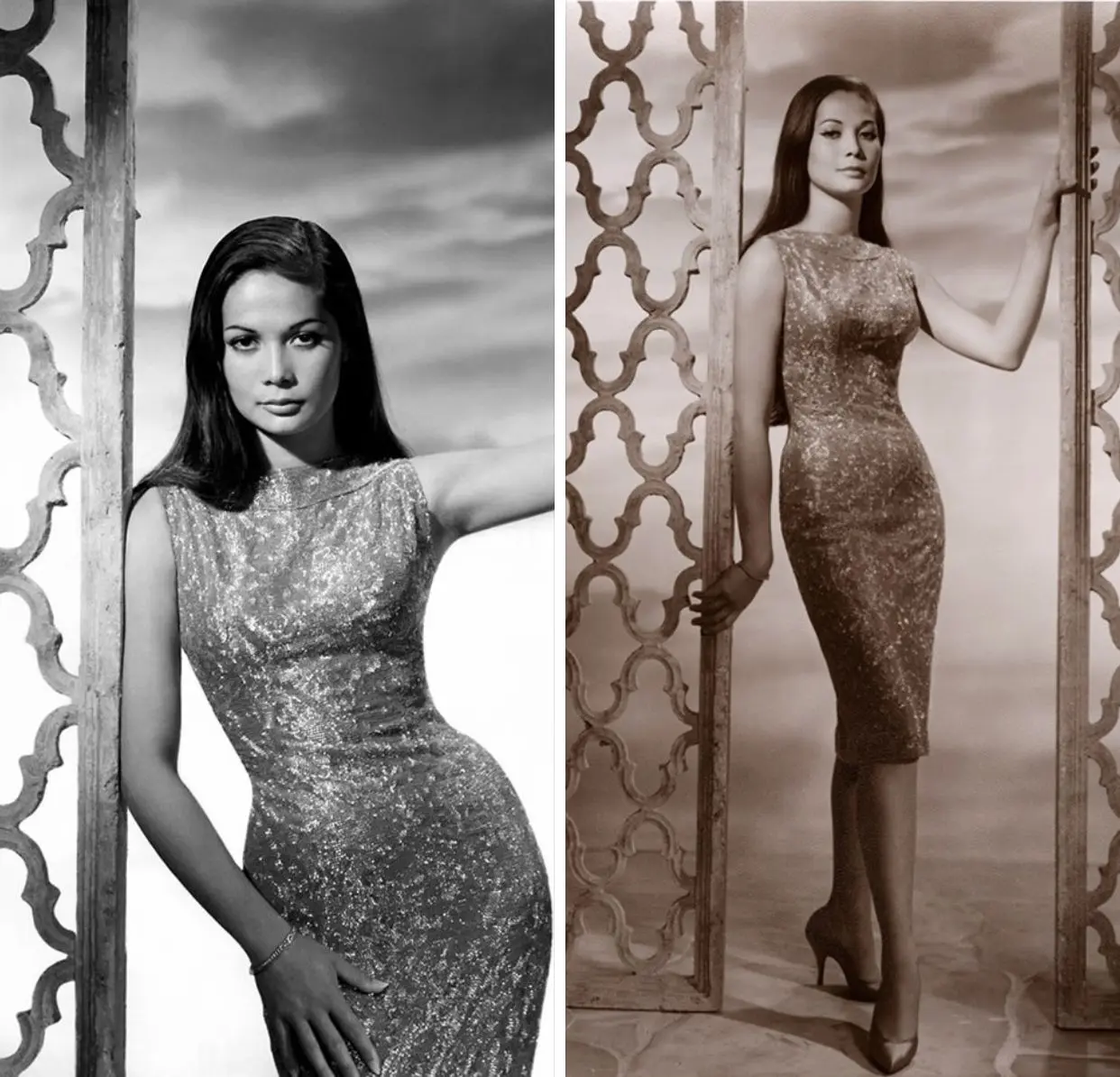
Nancy Kwan Suzie Wong Promo
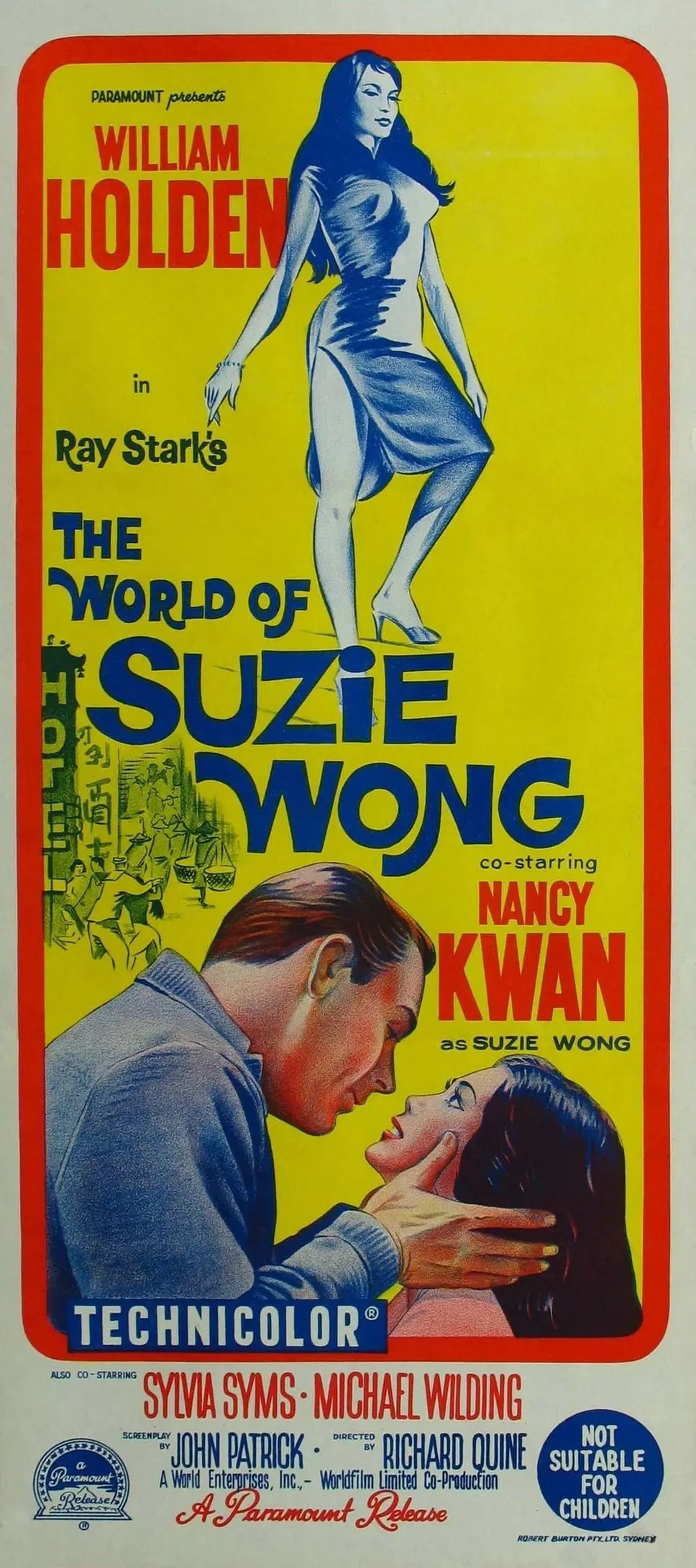
“Shortly after going to Hollywood, I joined The World of Suzie Wong national touring company. Seven weeks into it, I received a call from Ray Stark. He told me he arranged for me to leave the play and that I was to go to London the next day as the new lead of the film opposite William Holden. It was a dream come true!”
Based off a best-selling novel that was known to be a masterly study of humanity at its best and worst, this historical film captured the world’s attention at a time when sex, prostitution and interracial relationships were taboo subjects. Nancy was awarded the Golden Globe for Most Promising Newcomer-Female that year.
Nancy became one of Hollywood’s most visible Asian actresses with the hit musical, Flower Drum Song (1961), the first Hollywood movie musical with Asian Americans as leads. “I was looking forward to working with Anna May Wong in this film, but unfortunately, she passed away just before we started shooting,” Nancy shared. “But I still had a wonderful time… It was great being able to combine my love for dance with my new acting passion.”
“It is almost impossible to sustain a career in films without getting good roles – which there weren’t a lot of for Asians at the time. I was fortunate to star in my first film opposite William Holden, but after that I have always tried to find interesting non-Asian roles,” – something she had the flexibility to because of her mixed background.
The documentary To Whom it May Concern: Ka Shen’s Journey (2010) depicts Nancy’s meteoric rise to fame. Both compelling and inspiring, it was a labor of love for her. “It's a story about bridging the cultural divide…a story of love, loss and life,” Nancy described. “It was an honor to be recognized with the Lifetime Achievement Award by the Asian World Film Festival in 2019. To be seen and acknowledged for my life’s work is a special gift.” Nancy’s grace regarding her journey through entertainment is something to admire. “I am extremely grateful for the opportunity to follow my dreams as I had extraordinary experiences as an actress. To all those pursuing their dreams, I encourage you to never give up!”
Having started her acting career in 1957, it was not until 1964 that Kieu Chinh first appeared on American screens landing a role opposite Burt Reynolds in Operation C.I.A. (1965). However, her rising career was dealt a blow with the fall of Saigon on April 30, 1975. After filming in Singapore, Kieu’s attempt to return home to Vietnam was met with her arrest for possessing a passport to a country with no government. Worthy of its own film script, her miraculous journey led to becoming the first Vietnamese refugee in Canada. Kieu reached out to a person in the U.S. she had interviewed on her talk show 10 years prior- Tippi Hedren. With her help, Kieu managed to escape her tough circumstances and struggled to rebuild her career in America.
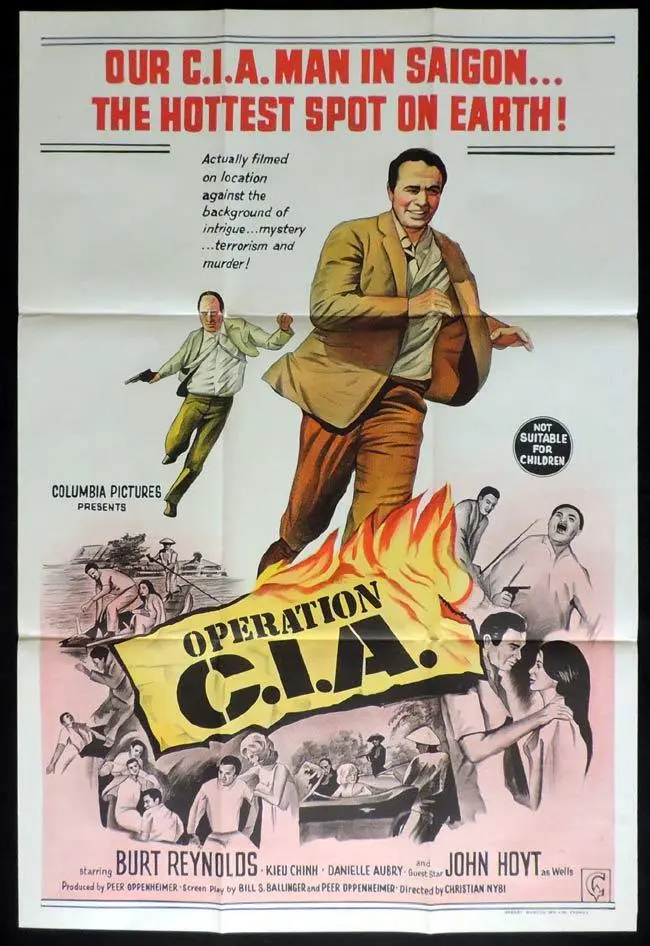
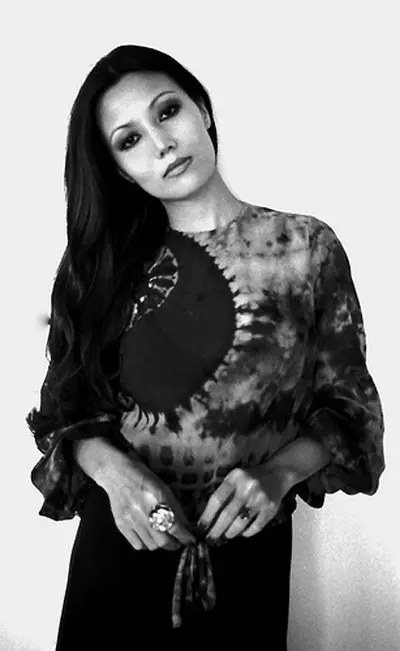
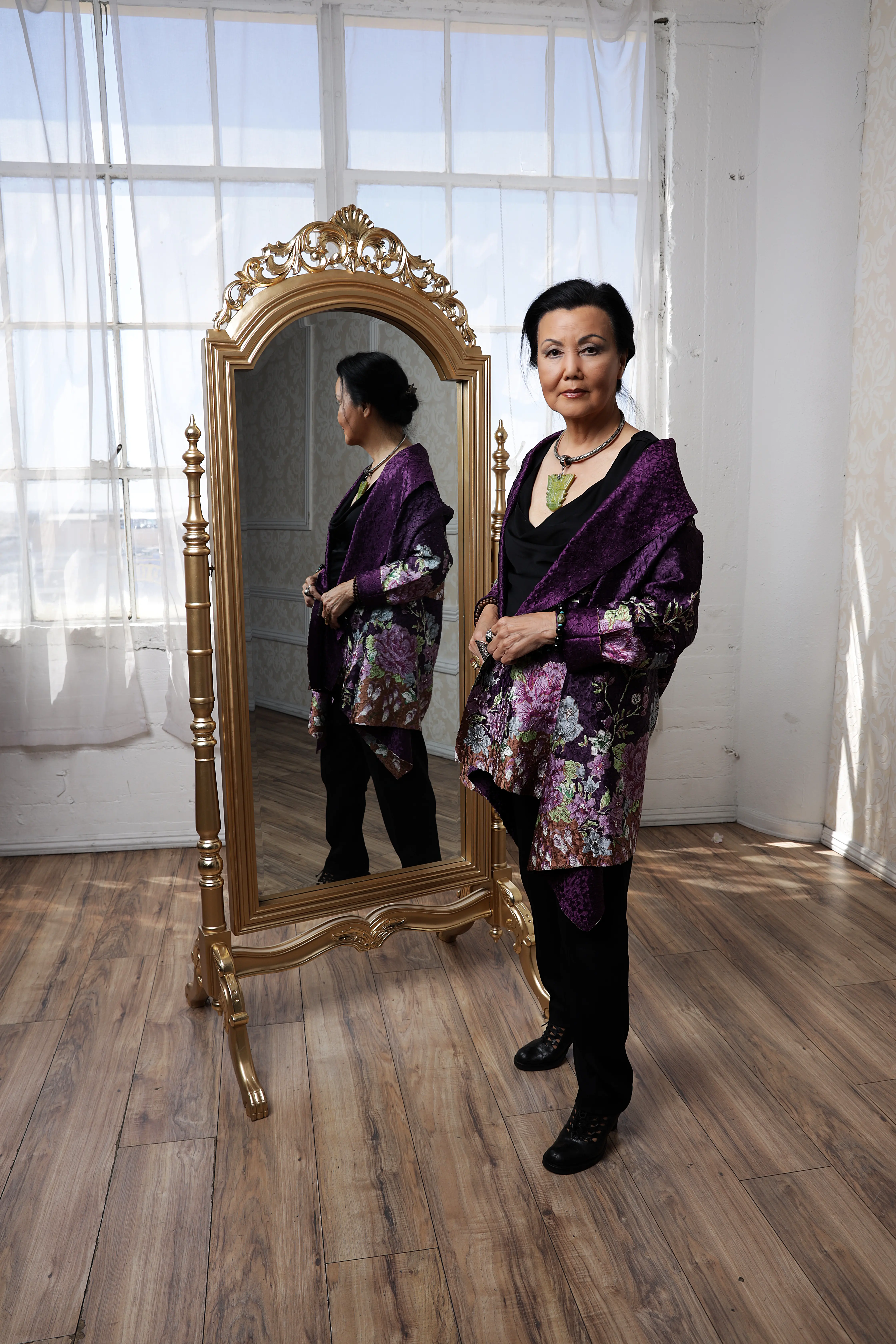
Kieu Chinh
Her memoir An Artist in Exile traces her epic journey as a history of Vietnam, living through three wars to become an exile in the United States whilst pursuing an acting career in Hollywood.
Kieu notably caught a big break with the role she is most known for of Suyuan in The Joy Luck Club (1993), a film based on The New York Times bestseller. The experience holds a special place in heart as having the most memorable film team she has ever worked with. France and Lisa both happen to be part of this team, playing the roles of Ying-Ying and An-Mei. A historical film for having a mostly Asian cast and crew, the world would have to wait another 25 years before seeing this again with the hit feature film Crazy Rich Asians in 2018. Till this day, almost 30 years later, Kieu Chinh is proud that she and the team are still in communication.
In 1993, Kieu founded a nonprofit organization called the Vietnam Children’s Fund (VCF) alongside two partners – Terry Anderson, a well-known American journalist who was held hostage in Lebanon for six years, and famous Pulitzer Prize winning author and Vietnam Veteran Lewis Puller, Jr. Their goal was to build elementary schools in Vietnam in the villages most damaged by war to help the less fortunate children have a better education and future. Since then, VCF has built 51 schools all over Vietnam. They continue to help provide safe and high quality educate for more than 30,000 children annually.
“I think education is extremely important, especially for young children after a long war and all the damage that comes with it. It brings me much joy to be able to help the children there have a brighter future,” Kieu-Chinh shares.
After diligently working as the president and co-chair of the Vietnam Children’s Fund, Kieu-Chinh will be the first ever to receive a Humanitarian Award by the Asian World Film Festival in November 2021. “Throughout my career, I’ve received numerous awards for my work as an actress, but this is my first humanitarian award. I know there are many unsung heroes who have done great work, and I am so very humbled and honored to have this acknowledgment.”
Starting off as an uncredited chorus girl in Flower Drum Song, Irene Tsu went on to enjoy a five-decade career. She has guest starred on most of the hit TV series of the late 60’s and 70s. Henry Kosta, the director of Flower Drum Song and one of the pillars of Hollywood, was a huge catalyst in her career. He gave Irene an important part in Take Her She’s Mine (1963) starring Jimmy Stewart, which earned her a SAG card.
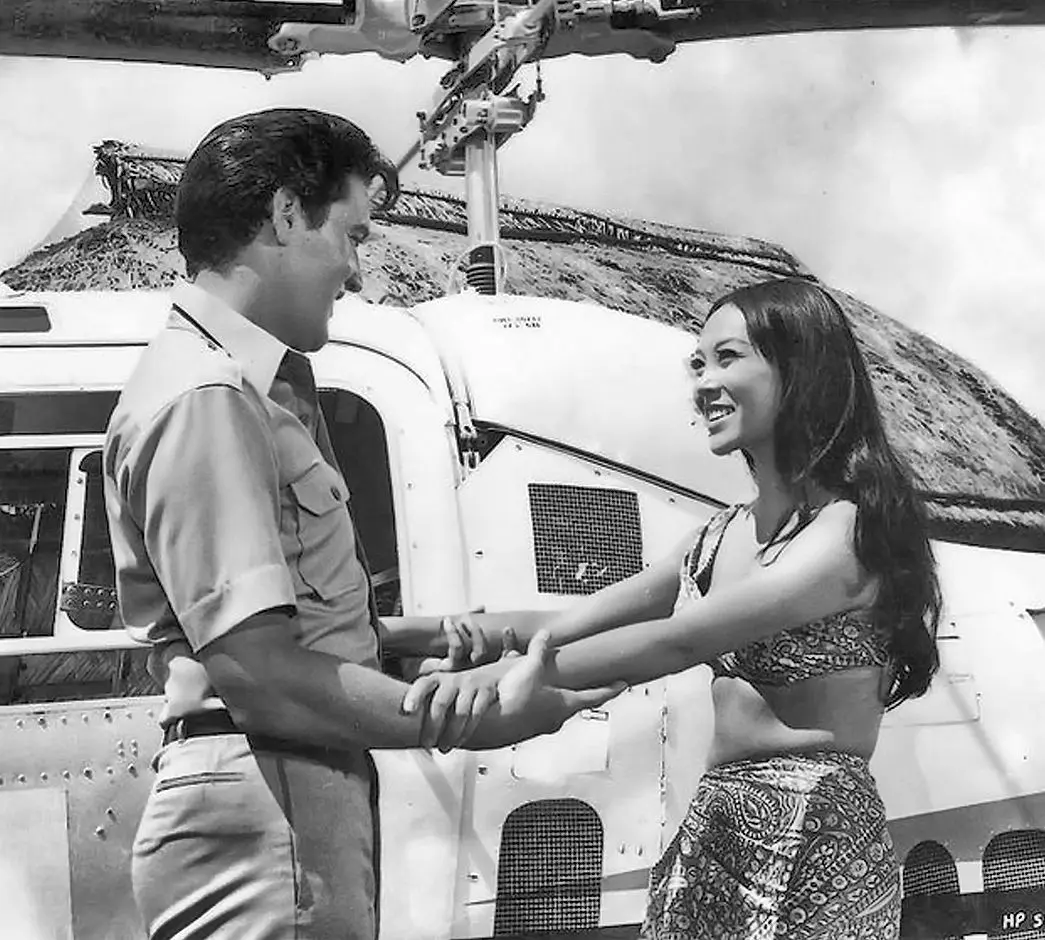
Paradise, Hawaiian Style (1966)
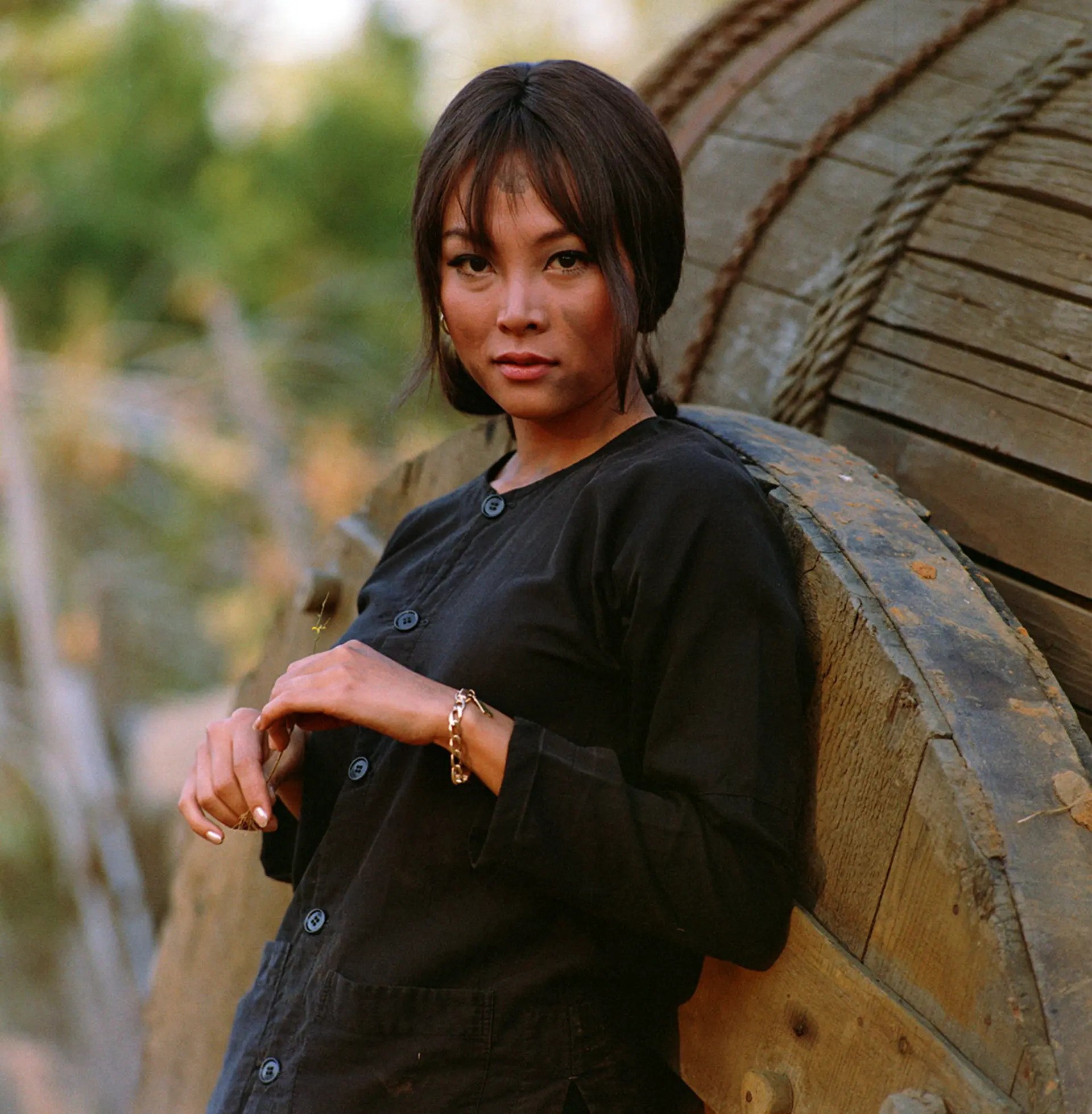
Irene Tsu The Green Berets (1968)
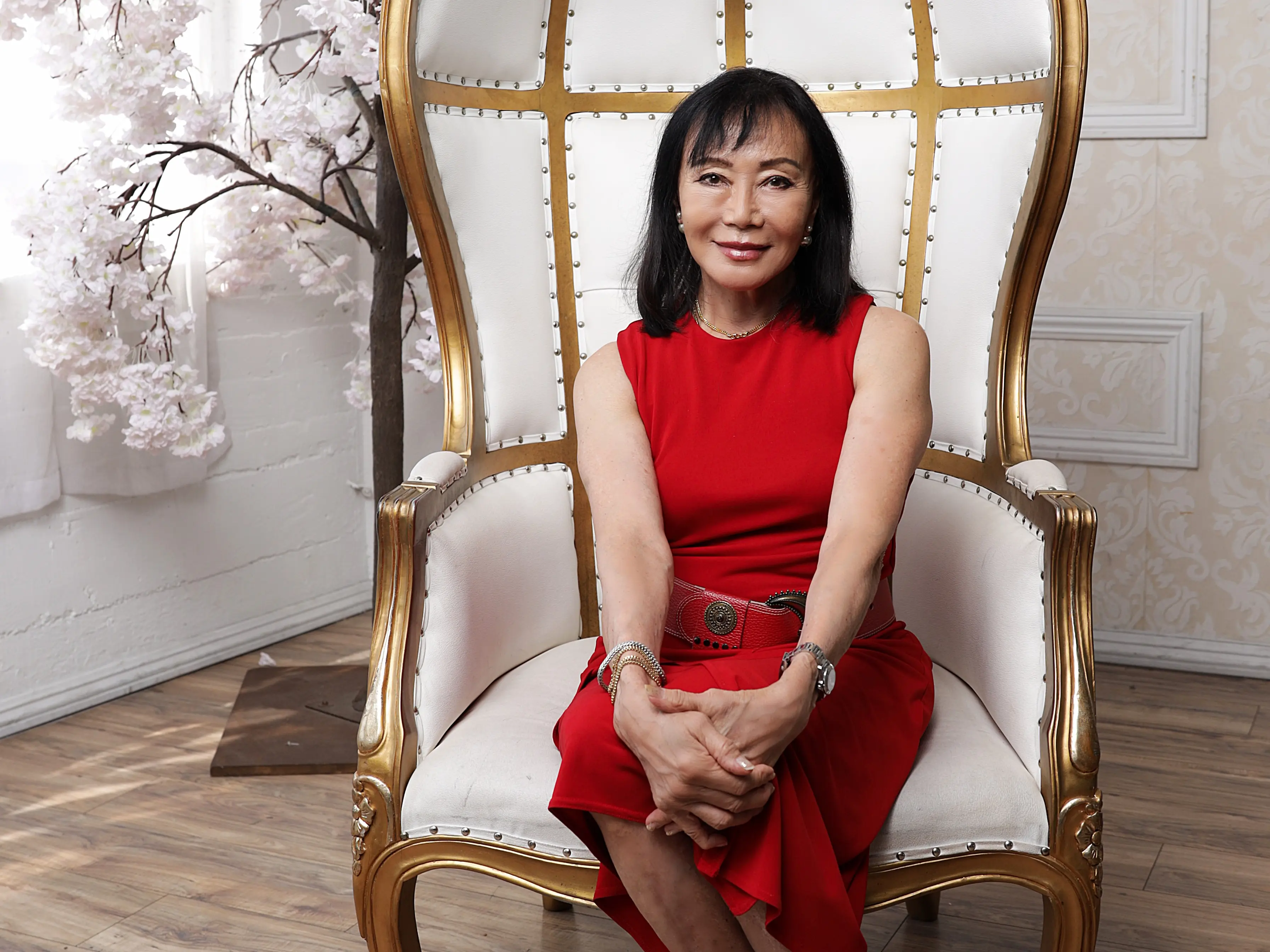
Irene Tsu
Irene famously worked alongside some of Hollywood’s biggest icons, filming with the likes of Doris Day in Caprice (1967) and Elvis Presley in Paradise, Hawaiian Style (1966). “Working with Elvis was unlike any other,” she swooned. “I met him accidentally because the AC was not working in my trailer. I walked into a nearby building to cool off and little did I know it was Elvis’s dressing room. After getting the approval from one of Elvis’s assistants, I was led into a massage room where I was told to lay down. After being covered with a large towel, I drifted off. When I opened my eyes, I saw Elvis's face 12 inches from mine applying a cold compress on my forehead. The fragrance of milk and Johnson's Baby Powder drifted by…I took a deep inhale and burned the scent and his beautiful face into my psyche forever.”
When I asked what Elvis was like she shared, “He was a very sweet southern gentlemen kind of guy. We spoke about martial arts and faith of which he was a southern Methodist and I an Episcopalian. Filming a scene with him was unique as the King never rehearsed.”
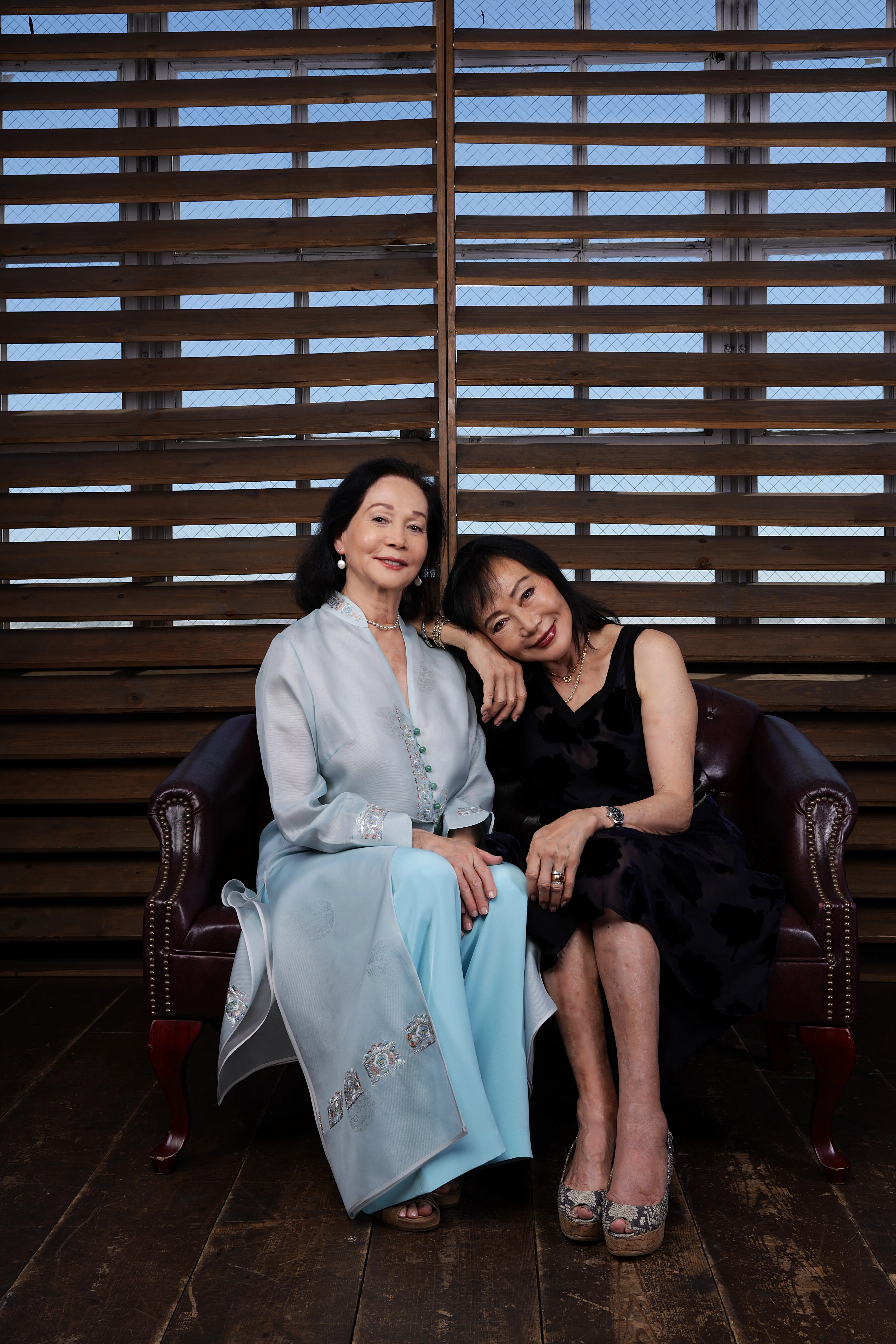
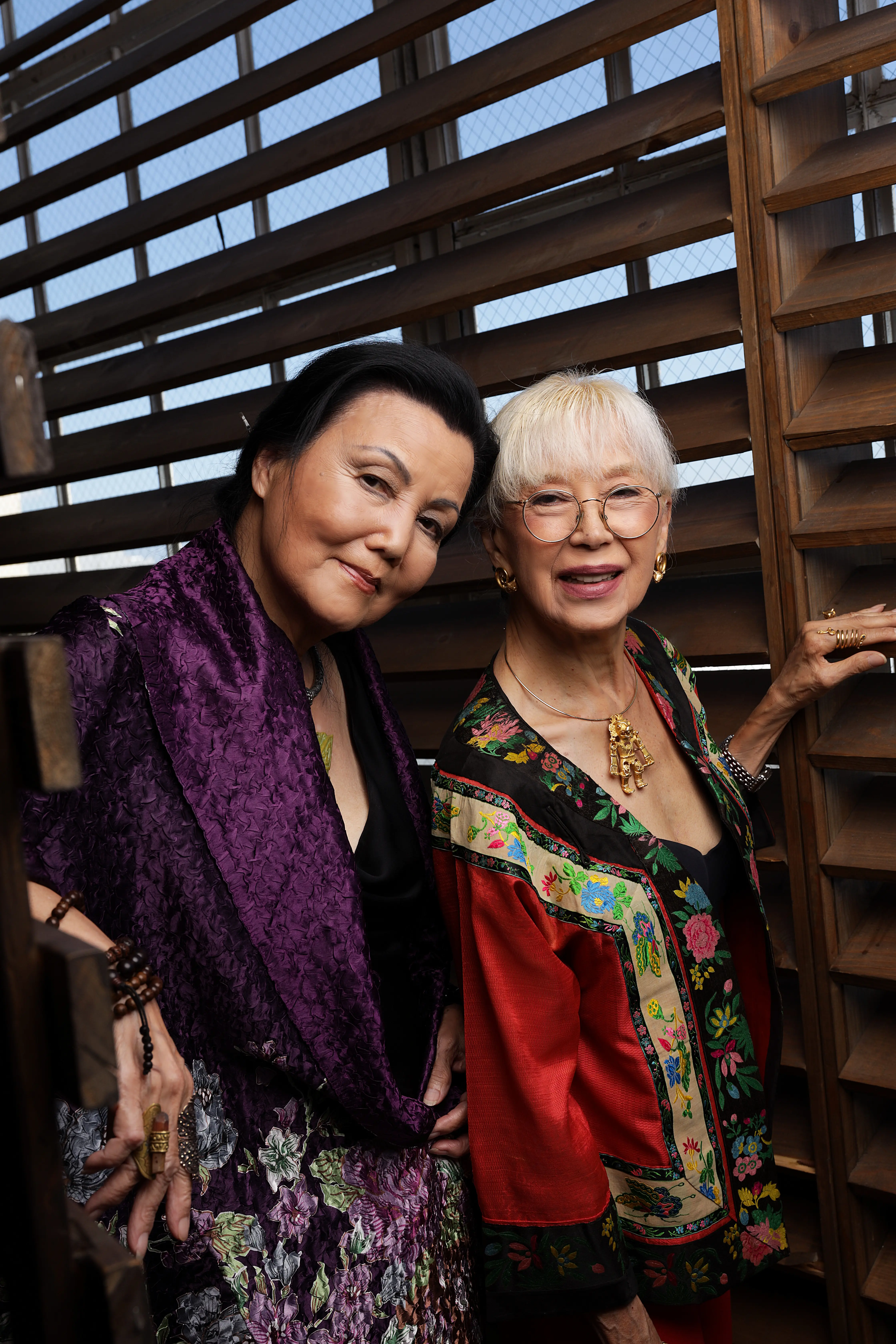
Irene became the female lead in The Green Berets (1968) starring John Wayne and The Yin and the Yang of Mr. Go (1970) co- starring with Jeff Bridges in Hong Kong. “John Wayne was another American Icon that did not rehearse with me. And we did not have a good start. He and I first met riding out to the set in a limo. When he invited me over for a drink after the shoot, I told him I didn’t drink. I felt like such an idiot afterwards.” The shoot proved to be a huge learning lesson for Irene regarding military conflict. “I learned a lot about the reality of war from that film having spent nearly four months at Fort Benning in Georgia. Looking back, the film was quite a feat, a very humanistic story about war and without the aid of CGI. What you saw was the real stuff – special forces and the U.S. military at work. To me, it was eye opening to be part of such a huge production. We sometimes had three crews shooting round the clock to make deadlines.”
Irene shook up headlines when she shared in her recent memoir titled A Water Color Dream: The Many Lives of Irene Tsu that she dated Frank Sinatra in 1969 through 1971 when he was in his 50s and she was 21.
“I actually met Old Blue Eyes shortly after filming Green Berets,” she recalled. “I was invited to lunch by Aaron Rosenberg, who I had just filmed Caprice for with Doris Day. Little did I know that Sinatra would be at that lunch and seated directly across from me.”
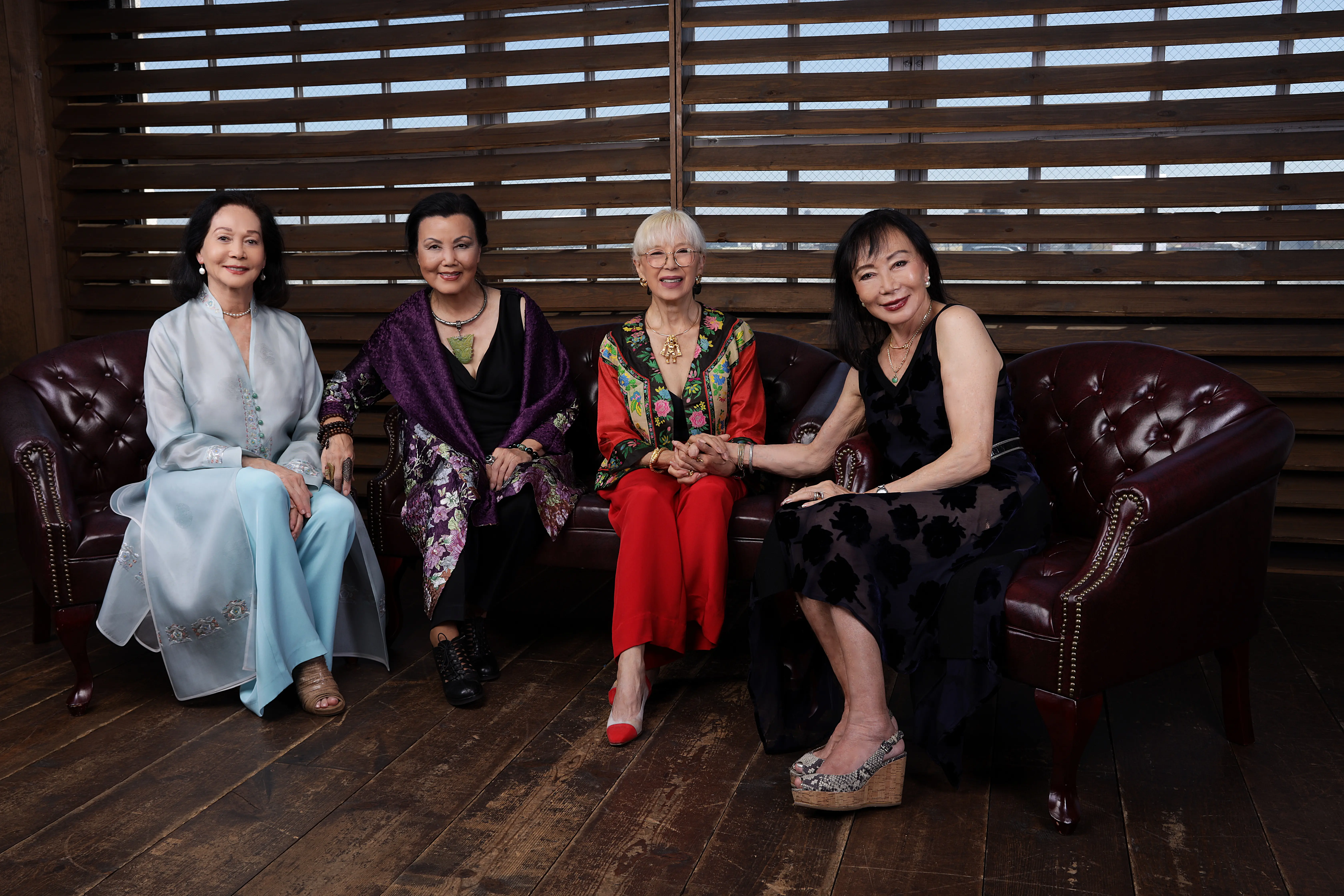
Irene continues, “A couple of weeks later we met again at a private club on Rodeo Drive. The next morning, I got a call from a well-known local restauranteur who said that Sinatra had his special table prepared for us and that he would pick me up at 7:30. ‘Be ready!’, he warned. ‘He is very punctual!’ I went into a frenzy of what do I wear?!?! We ended up not having dinner that night, which was a relief on my part. However, he invited me to the desert for the weekend, and that's how it started...one date that lasted more than two and half years. We remained friends, and he even gave me a wedding present!”
Irene is still working today. She completed Away in 2019 – a Netflix/Universal TV special on Christmas Eve in Vancouver. Irene also lent her voice to the Oscar and Golden Globe nominated Netflix animation film Over the Moon, released in October 2020. This year, the documentary Atrophy won her a Best Actress Award in the festival circuit.
When asked about the role they have played as pioneers in Hollywood, the general consensus is that they helped the industry gain confidence in hiring Asian actors. With a reputation of being on time and prepared to do their part, it became clear that they were serious about their profession. And while all of these women have certainly paved the way for countless Asians and Asian Americans, they are all deeply grateful for the support they have received throughout their journey. -